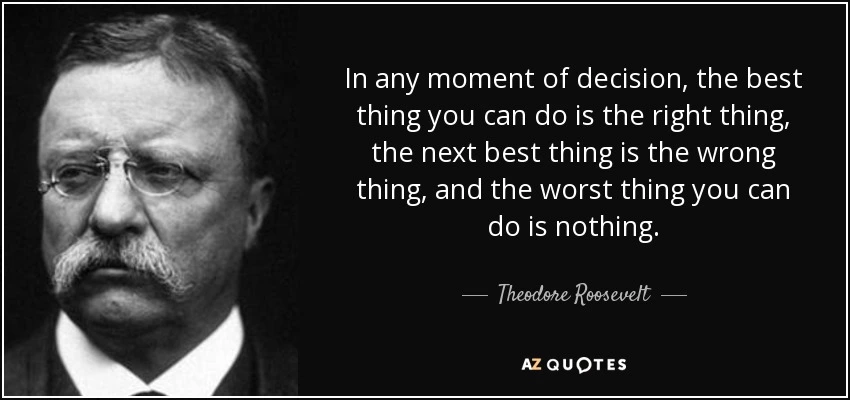Wednesday broke a lot of people in our building.
Last Tuesday my school board voted to close three elementary schools at the end of the year. It was the worst-kept secret in the Region as the closings had been long-rumored, generating a series of demonstrations by teachers and community members.
At the same meeting the board voted to approve layoffs for 173 employees with support staff, paraprofessionals, and custodial staff taking the brunt of the cuts.
Wednesday about half the teachers in the district woke up with a mysterious illness, causing the district to close for the day.
That afternoon the mayor held a virtual town hall and stated, “I don’t think they’re done cutting. If we don’t fix the funding problem, next year it may be Morton High School.” (46:40 mark of the video).
Morton High School. My school. Well. That’s a lot to process for one day. I have no desire to change schools again, but a year or two from now I may not have a choice.
Most of us just want to put this year out of its misery. Teachers are done with PD, kids want to get to the last week of May and get out of here.
It’s a delicate balancing act, reading the room.
In my district tests and quizzes account for 70% of the overall grade so the last thing I need is to offer my kids an assessment that will bomb their grade. But wait Mr. Dull, isn’t it your kids’ job to prepare for quizzes? I mean, if it’s that big a factor in their grade, shouldn’t they take it more seriously?
Yes, but. It’s also my job to determine the most appropriate way to assess my kids, to select a way for my kids to demonstrate their learning. In the first week of May in Algebra II, wrapping up the rationals unit, that looks like an activity. Choose your own adventure, it says here.
Enter DIY Row Games.
Row Games were a darling in the heyday of the #MTBoS. Students pair up and work a page of problems in two columns, one column for each student. Catch is, the answers for each pair of problems is the same. So the exercise is student-centered and self-checking. There’s a couple of folders of pre-made row games out there.
I grabbed one up (multi-step equations) to use as a bellringer, then set the hook: “Man, the answers to both problems were the same. All the way down? Hunh, that’s a weird coincidence. How’d the teacher that made this page do that?”
So we bounced some ideas around and eventually settled on working the problem backwards, starting with the answer and using inverse operations to work back to the original problem.
Then I introduced the assignment. (Doc here, template here). Students work in pairs to create a page of row games, one each of simplify, multiply, divide, add, and subtract rationals. They turn in a page of problems, a worked-out answer key, and the work they did to go backwards from the “answer” to the original problem.
They were tentative at first, then started to dig in. I made my way around the room to check for stuck students and demonstrate the process for a problem from the bellringer.
The big payoff came late. Students were working diligently on Day Two of the activity and making good progress but starting to sense they wouldn’t finish. The question developed independently from two sides of the room: “Can we keep working on this tomorrow?”
Wait. You guys want to do more math? On a Friday?
I don’t know….. well, maybe. OK. Fine. Due date is tomorrow.
And yes, I totally planned that in advance.
Because I’ve been doing this for a while and you learn to anticipate these things. So instead of all of us being frustrated with a traditional pencil/paper quiz over a really tough topic, bad grades and hurt feelings all over the place, I got kids so invested in an activity they want to keep working on it for a third day.
That’s a good Thursday in Room 130 right there.
Oh, and they’ll see Row Games again. I plan to take one or two of the student-made sets and use them as part of my semester review package coming up a few weeks from now. Because authentic audiences are awesome.
The coalition of state representatives from my Region put together a press release this week blaming the state GOP leadership for my district’s financial woes. (Indiana is super-majority Republican in the Statehouse so one party has great influence on education policy). You can make a case for their position on property tax caps and referendums and vouchers, just like you can question the decision-making at the local level. I spent all of last school year as a Teach Plus Policy Fellow studying the school funding model in Indiana. There’s aspects that need fixing.
But what I do know is that both of those things, state-and local-level policy-making, are outside of my control. I can advocate, but I don’t get to make laws. What I do get to do is make decisions about how I organize my classroom and plan my instruction to suit my students’ needs.
Choose Your Own Adventure. And I’m going to keep doing just that until they take my keys and lanyard away.








































